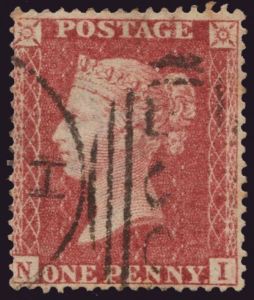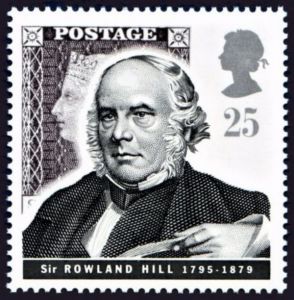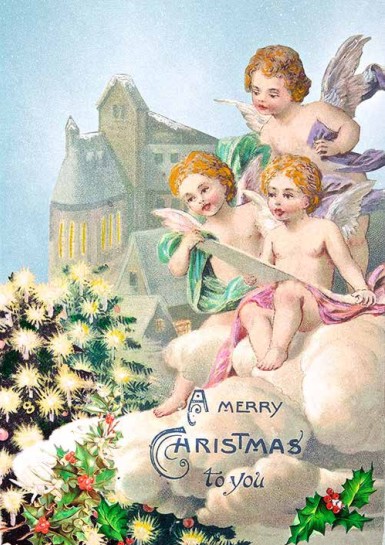Two birds with glittery yellow plumage, one singing to the other, who is occupying a feathery nest, feature in this Canary Song Card.
Greetings Card, Design by Diana Wilson, Arcana.
As well as this canary song card, see other cards in our Diana Wilson Card (17 x 12cm) Series here
See our 12 x 9cm card range, designed by Diana Wilson and available at Abrahams Store, here. .
In addition to this canary song card, see our collection of greetings cards and notebooks from all designers here.
We’ve been receiving of greetings cards for hundreds of years. Did you know that the Ancient Egyptians sent greeting messages to each other written on papyrus. The first recording of printed cards in western Europe was in the 1400s. In either case I suspect that only the very top echelons of society did this. However the mass sending of greetings by card was established in the UK partly by Queen Victoria and Prince Albert. Their introduction of a German Christmas changed a lot of yule tide traditions here including putting up decorated trees in our houses.
Literacy
Also, it helped that people could read and write. At the turn of the 19th century literacy was for women around 35% and men 60%. By the end of Victoria’s reign (1901) the figure for both were around 98%. So the chances of reading a greetings card or getting the person next to you to do it for you were very high indeed. Overall this idea of literacy seems very good. It means that if the education system lets you down, if you can read and think, at least you can learn for yourself.
However there was a downside, with all these people being able to read and write, they kept reading and writing to each other. This caused more than a few problems for the postal service which early in the century was well poor, to say the least. Costs varied and the receiver had to pay for the delivery. The service at the time was slow, unreliable and expensive – not what the first industrial power in the world needed.
The Penny Black
Then along came an inventor and English Teacher, Rowland Hill who suggested the Penny Post, paid by the sender and using an official mark. This was the famous Penny Black stamp introduced in 1840. Sadly he didn’t come up with the little perforations around the stamps we know today but there was glue on the back and this certainly revolutionsied the postal service. So pleased was Queen Victoria (imagine waiting at a Post Office to indiviually register all her Christmas cards) that she gave Sir Rowland a knighthood.
The penny black and it’s successor, the penny red (that showed up the franking more clearly) resulted in a huge expansion of the postal service. Moving that so much post took some effort too. So much so that a special postal railway was built under London. It ran from Paddington in the west to Whitechapel in the east. Planned in 1911, the line opened in 1927 and stayed open until 2003. There were a number of reasons for it’s closure, not least of which being email.







